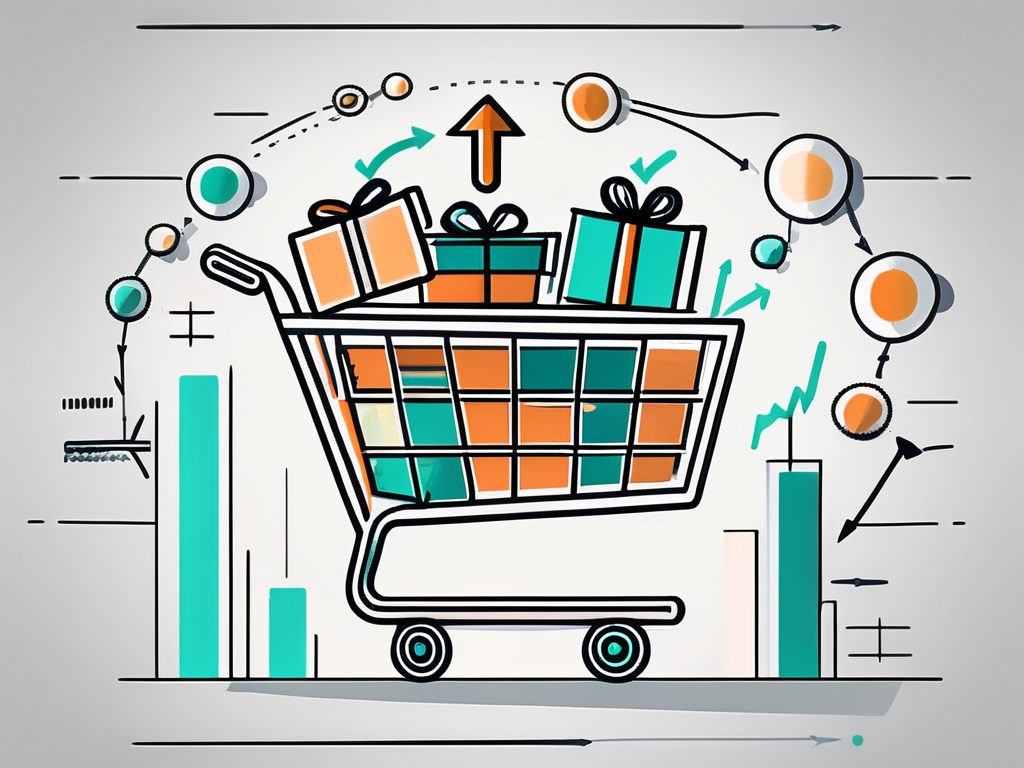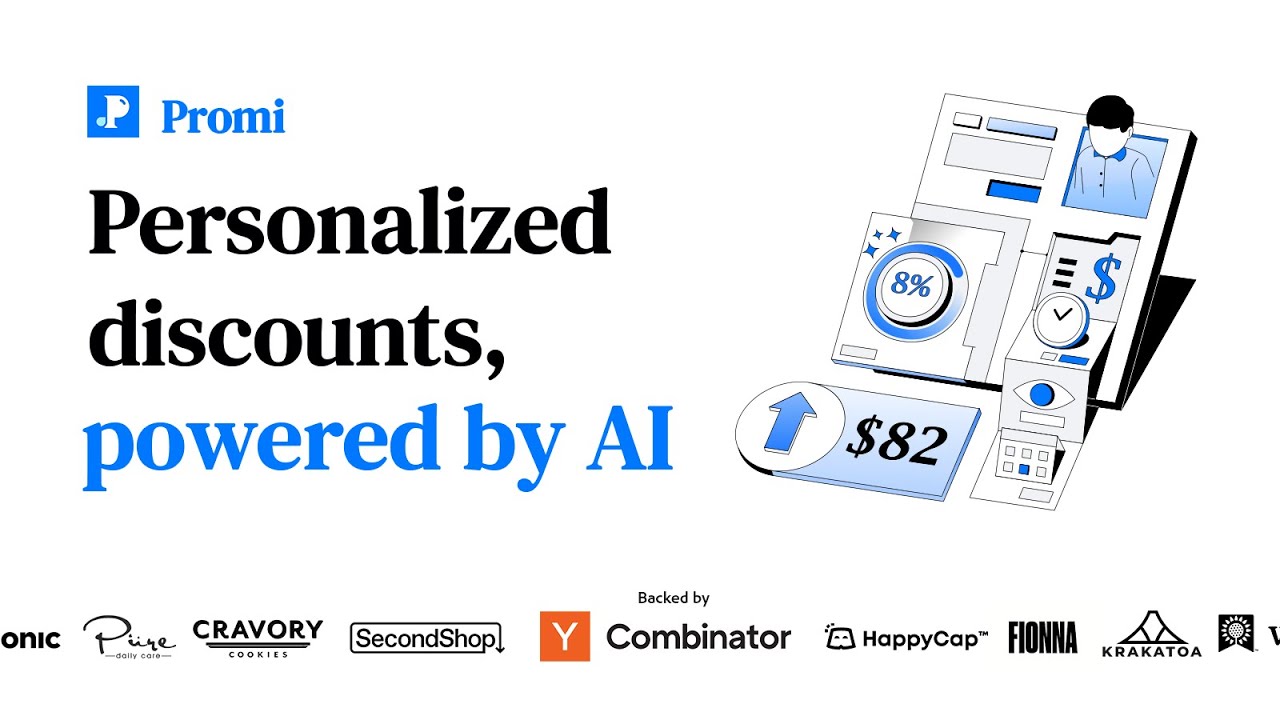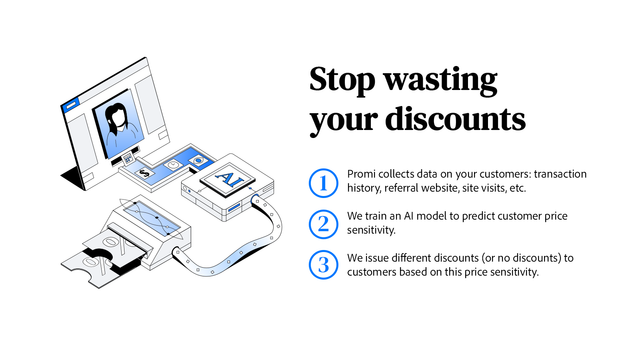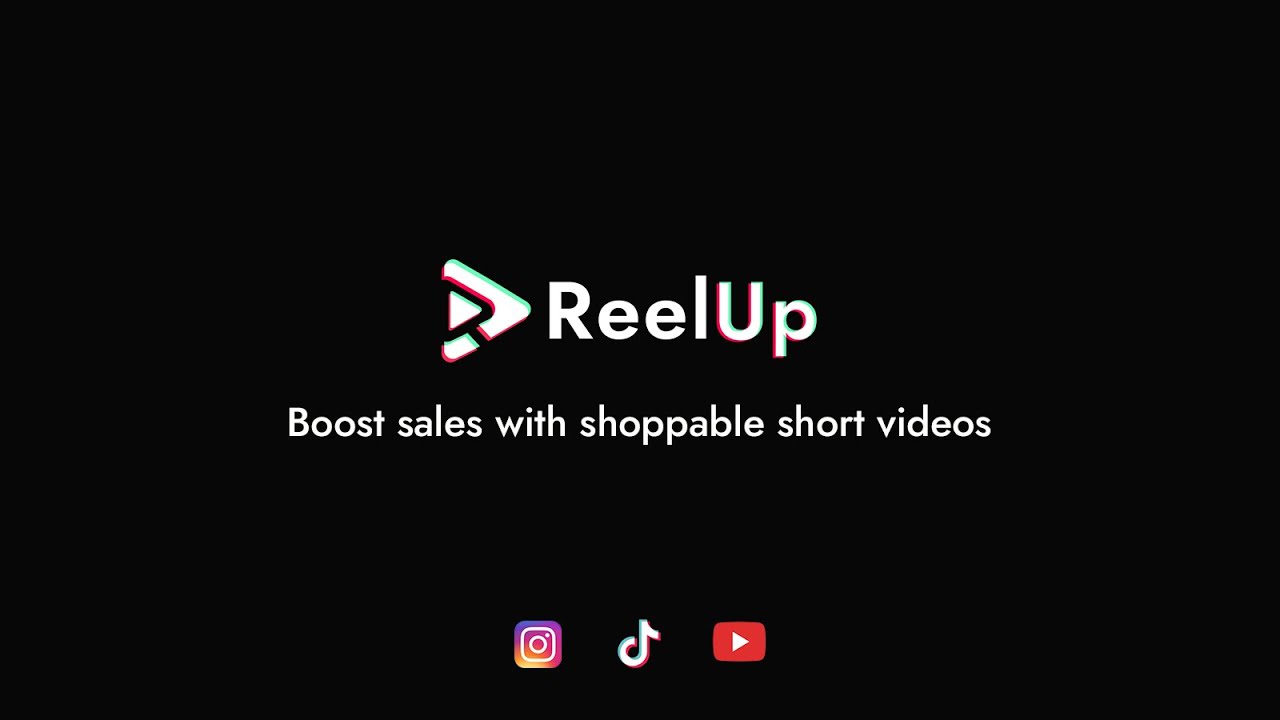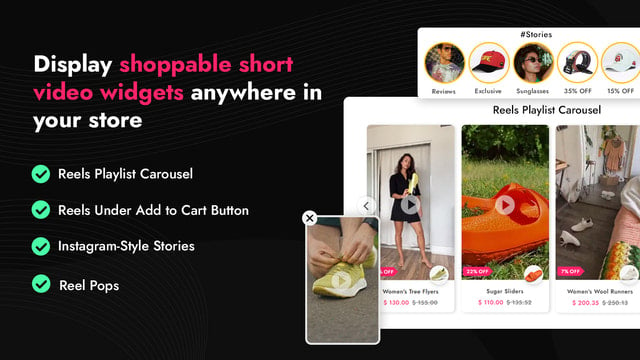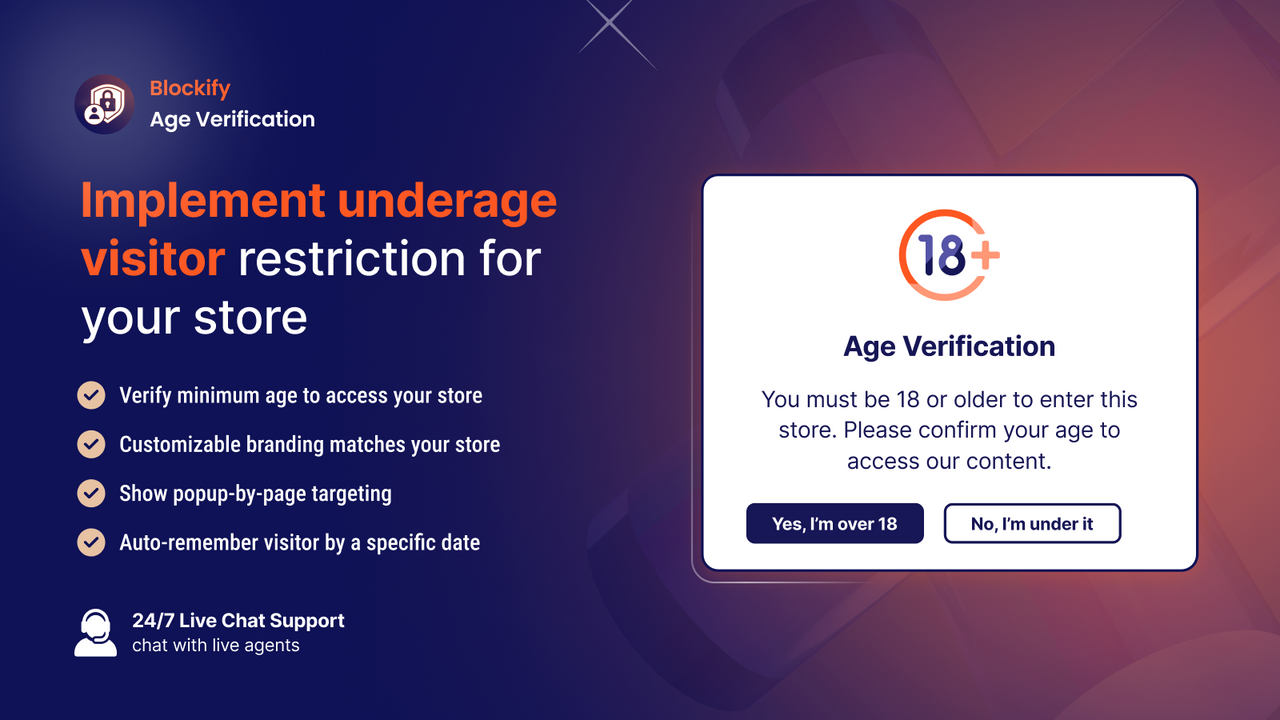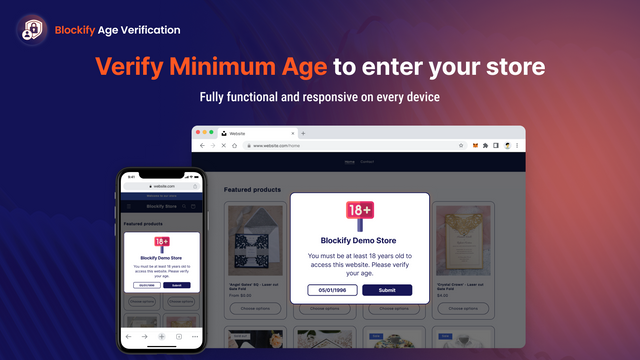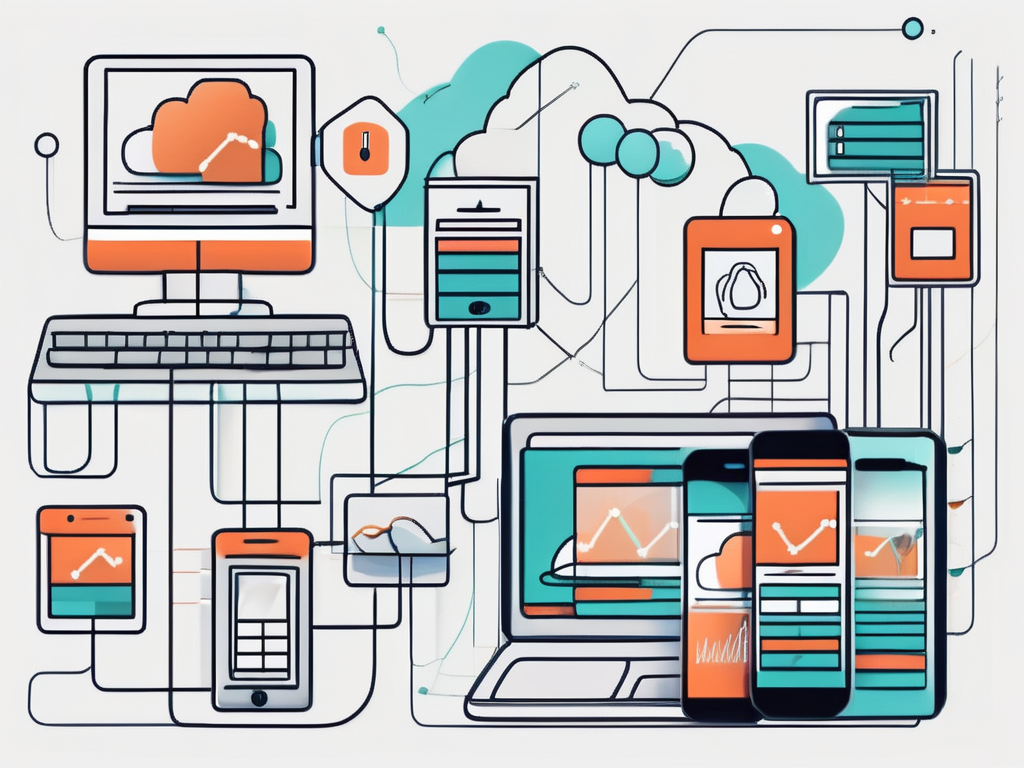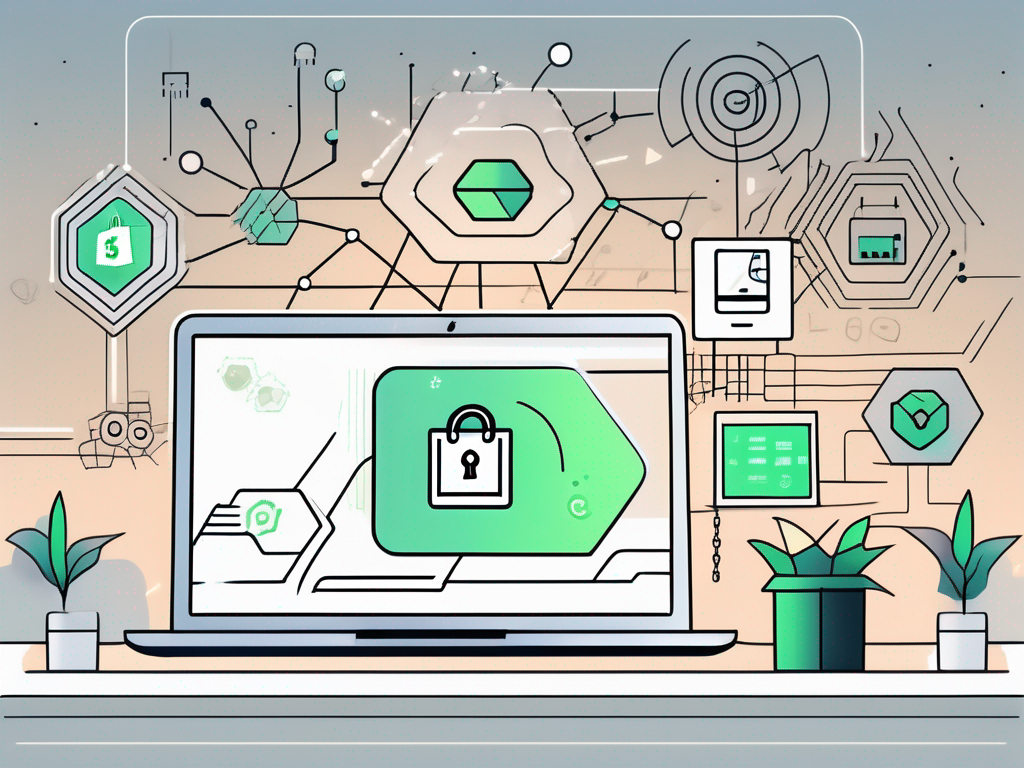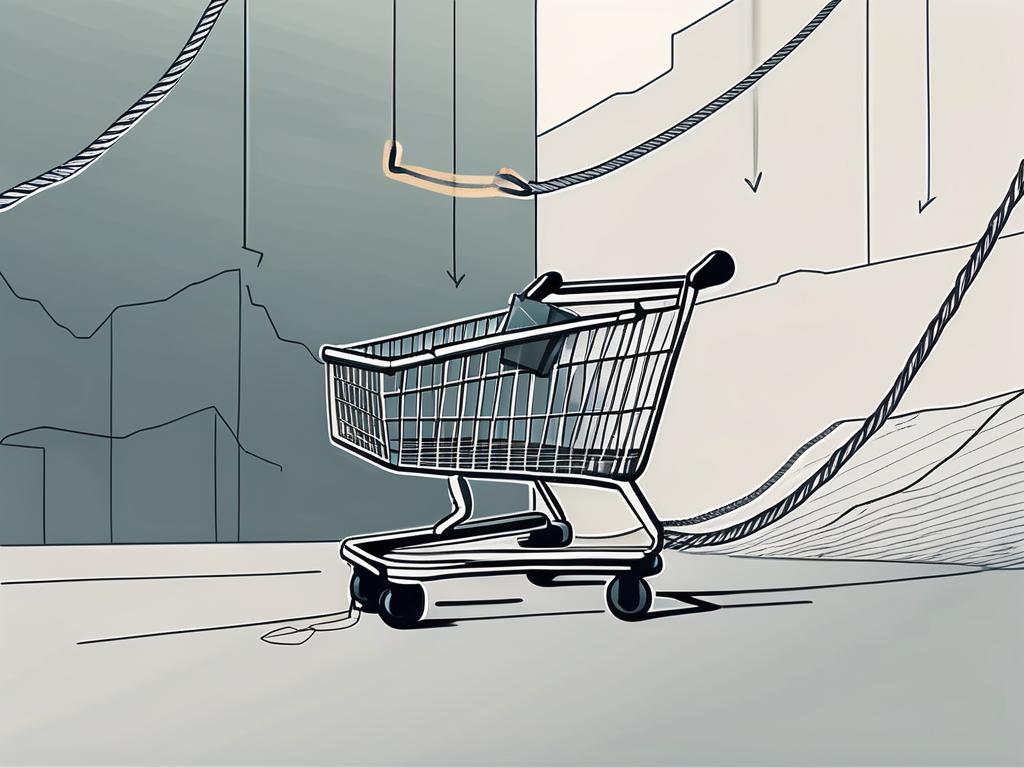In the competitive world of e-commerce, businesses must constantly find new ways to increase their sales and revenue. One effective strategy that has proven to be successful is upselling. However, it's essential to understand the concept of upselling and how to implement it correctly to achieve online success.
Understanding the Concept of Upselling
At its core, upselling is a technique used by businesses to encourage customers to purchase a more expensive or upgraded version of a product or service. It involves making additional suggestions that complement the customer's initial purchase. By offering higher-priced options that provide added value, businesses can increase their average order value and overall profit.
Upselling is not just about pushing customers to spend more money; it is about enhancing their shopping experience and meeting their needs more effectively. When done right, upselling can be viewed as a win-win situation that benefits both businesses and customers.
Imagine this scenario: you're at a restaurant, and the waiter suggests adding a side of truffle fries to your burger order. The fries come at an additional cost, but they enhance the overall taste and experience of your meal. In this case, the waiter is upselling by offering you a higher-priced option that complements your initial purchase.
By accepting the upsell, you not only get to enjoy the delicious truffle fries but also feel satisfied with your decision to enhance your meal. The restaurant, on the other hand, increases its revenue by selling a higher-priced item, ultimately benefiting both parties involved.
The Importance of Upselling in E-commerce
Upselling plays a significant role in the success of online businesses. It enables companies to maximize their revenue potential and increase their bottom line without acquiring new customers. By focusing on existing customers and demonstrating the value of higher-priced options, businesses can significantly boost their profitability.
Let's consider an example in the world of e-commerce. You're browsing an online store looking for a new laptop. As you add a mid-range laptop to your cart, the website suggests upgrading to a model with a faster processor and more storage space. The website highlights the benefits of the upgraded version, such as improved performance and increased capacity for storing files and media.
By presenting you with this upsell opportunity, the online store is not only increasing its chances of selling a higher-priced laptop but also providing you with a better computing experience. You might find that the upgraded laptop meets your needs more effectively and enhances your productivity. In this case, the upsell benefits both the business and the customer by delivering a more tailored and satisfying solution.
Moreover, upselling helps businesses build stronger relationships with their customers. By offering personalized recommendations and tailoring their suggestions to specific needs, businesses can show customers that they truly understand their preferences and are committed to providing the best possible shopping experience.
Imagine receiving an email from an online retailer that suggests complementary products based on your previous purchases. For example, if you recently bought a camera, the email might recommend additional lenses, a camera bag, or a tripod. These suggestions not only enhance your photography experience but also demonstrate that the retailer values your satisfaction and wants to help you get the most out of your purchase.
The Difference Between Upselling and Cross-Selling
Before diving deeper into effective upselling techniques, it's essential to differentiate between upselling and cross-selling. While the two concepts are related, they are not the same.
Upselling involves persuading customers to purchase a more expensive version of the same product or service they initially intended to buy. On the other hand, cross-selling refers to recommending related or complementary products or services that can enhance the customer's experience.
Understanding this distinction is crucial, as it helps businesses tailor their approach based on the specific upselling or cross-selling opportunity at hand.
Let's say you're shopping for a new smartphone. The salesperson at the store suggests upgrading to a model with a larger screen and better camera. This is an example of upselling, as they are offering you a more expensive version of the same product you were already interested in.
On the other hand, if the salesperson recommends purchasing a protective case or a wireless charger alongside your smartphone, that would be an example of cross-selling. These additional products complement your smartphone purchase and enhance your overall experience with the device.
By understanding the difference between upselling and cross-selling, businesses can effectively tailor their sales strategies to meet the specific needs and preferences of their customers, ultimately leading to increased customer satisfaction and revenue.
Key Elements of Successful Upselling
Now that we have a solid foundation of the upselling concept, let's explore the key elements that contribute to successful upselling strategies.
Upselling is not just about pushing customers to buy more expensive products or services; it's about understanding their needs and providing them with valuable options that enhance their experience. To do this effectively, businesses must focus on two important elements: identifying potential upsell opportunities and having in-depth product knowledge.
Identifying Potential Upsell Opportunities
One of the first steps to effective upselling is identifying potential upsell opportunities. This involves analyzing customer behavior, purchase history, and preferences. By gathering data and leveraging analytics tools, businesses can identify patterns that indicate when customers may be open to considering higher-priced options.
For example, if a customer consistently purchases products from a specific category, businesses can upsell by recommending premium products or bundles within that category. By understanding customer preferences, businesses can offer suggestions that align with their interests and increase the likelihood of an upsell.
Moreover, businesses can also identify upsell opportunities by paying attention to customer interactions and feedback. If a customer expresses satisfaction with a particular product or service, it may be an opportune moment to introduce them to a higher-tier option that offers even more value.
The Role of Product Knowledge in Upselling
Another crucial element of successful upselling is having in-depth product knowledge. Businesses must understand the features, benefits, and value propositions of their products or services to effectively upsell them to customers.
By being knowledgeable, businesses can confidently present the benefits of higher-priced options and address any concerns or objections that customers may have. If customers feel that the business is genuinely knowledgeable and trustworthy, they are more likely to engage in upselling opportunities.
Furthermore, having comprehensive product knowledge allows businesses to tailor their upselling approach to each customer's specific needs. By understanding the unique value that each higher-priced option offers, businesses can highlight the features that are most relevant and appealing to the customer, increasing the chances of a successful upsell.
In conclusion, successful upselling goes beyond simply offering more expensive alternatives. It requires a deep understanding of customer behavior and preferences, as well as a thorough knowledge of the products or services being upsold. By leveraging these key elements, businesses can create upselling strategies that not only benefit their bottom line but also enhance the customer experience.
Strategies for Effective Upselling
Now that we understand the key elements of successful upselling, let's explore some strategies that businesses can implement to maximize their upselling potential.
Creating Value-Added Propositions
One of the most effective strategies for upselling is creating value-added propositions that clearly demonstrate the benefits of higher-priced options. Businesses should emphasize the added features, improved performance, or enhanced experience that customers will receive by choosing the upgraded version.
Additionally, businesses can offer bundled packages that include complementary products or services at a discounted price. By offering customers greater value for their money, businesses can successfully upsell and increase their overall sales.
Leveraging Customer Behavior and Preferences
Understanding customer behavior and preferences is crucial for effective upselling. By leveraging customer data and segmentation, businesses can personalize their upselling strategies to specific target groups.
For instance, if customers frequently purchase items from a particular brand, businesses can recommend higher-priced items from the same brand. By aligning upsell suggestions with customer preferences, businesses can increase the chances of a successful upsell.
Implementing Upselling Techniques on Your Website
Now that we have covered the strategies for effective upselling, let's explore how businesses can implement these techniques on their websites to drive online success.
Optimizing Product Pages for Upselling
One crucial aspect of effective upselling is optimizing product pages for upselling opportunities. Businesses should display complementary or higher-priced options alongside the main product, ensuring that customers are aware of the additional choices available.
Furthermore, businesses can incorporate persuasive copywriting that highlights the unique selling points of higher-priced options. By effectively communicating the value of these options, businesses can encourage customers to consider them.
Utilizing Shopping Cart for Upselling Opportunities
Another effective way to implement upselling techniques is by utilizing the shopping cart page. After customers have added items to their cart, businesses can recommend related products or offer special discounts on higher-priced options.
By leveraging the shopping cart page, businesses can capitalize on customers' intent to purchase and present them with compelling upselling opportunities. This can significantly increase the average order value and overall revenue.
Overcoming Common Upselling Challenges
While upselling is a powerful technique, businesses must be mindful of potential challenges that may arise. Overcoming these challenges is essential to ensure a positive customer experience and maximize upselling success.
Balancing Upselling and Customer Satisfaction
One common challenge in upselling is finding the right balance between maximizing sales and maintaining customer satisfaction. Businesses must prioritize the customer's needs and desires above upselling goals.
By understanding customers' preferences and genuinely offering value-added options, businesses can strike the right balance and avoid coming across as pushy or manipulative. Ensuring customer satisfaction is key to fostering long-term customer loyalty and positive brand perception.
Avoiding Common Upselling Mistakes
Another challenge is avoiding common upselling mistakes that can negatively impact the customer experience. For example, businesses should avoid recommending irrelevant or unrelated products that do not align with the customer's interests or needs.
Additionally, businesses should refrain from pressuring customers into making a more expensive purchase. Instead, they should focus on highlighting the genuine value of higher-priced options and allowing customers to make an informed decision.
Implementing effective upselling techniques is a valuable strategy for online success. By understanding the concept of upselling, exploring key elements of successful upselling, and implementing proven strategies, businesses can enhance their sales, build customer relationships, and ultimately achieve their e-commerce goals.
Ready to take your Shopify store to the next level with the upselling techniques you've just learned? Let Owlfred, your wise and friendly guide at OwlMix, help you find the perfect apps to enhance your online business. From advertising to email marketing, inventory sync to marketing analytics, our comprehensive Shopify apps directory has everything you need to optimize your store and boost your sales. Don't miss out on the opportunity to improve your e-commerce experience—find your next Shopify app today and watch your business soar with Owlfred's expert recommendations!


